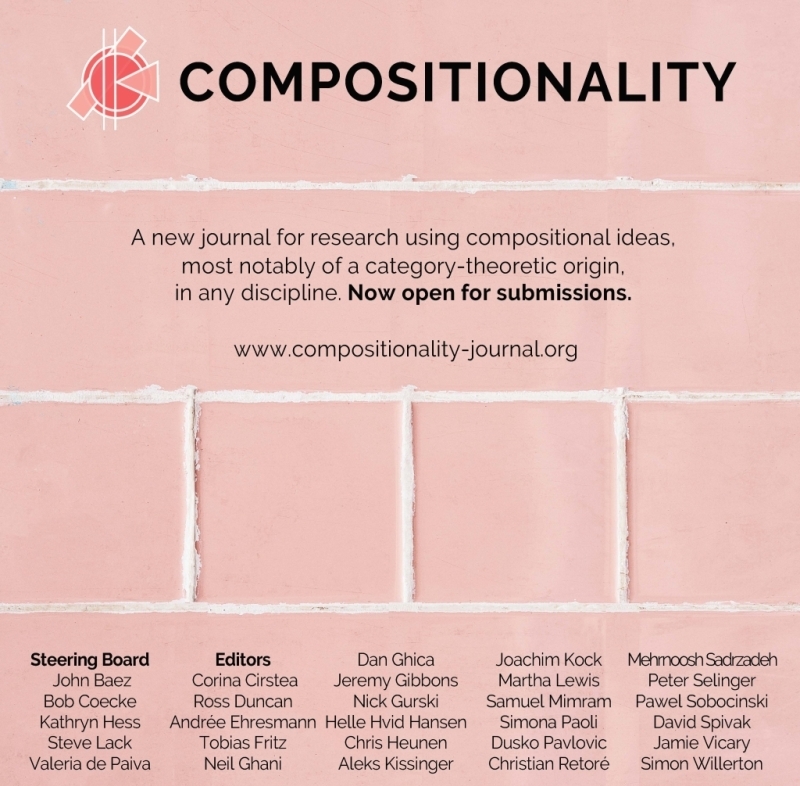August 27, 2018
Exceptional Quantum Geometry and Particle Physics
Posted by John Baez
It would be great if we could make sense of the Standard Model: the 3 generations of quarks and leptons, the 3 colors of quarks vs. colorless leptons, the way only the weak force notices the difference between left and right, the curious gauge group , the role of the Higgs boson, and so on. I can’t help but hope that all these facts are clues that we have not yet managed to interpret.
These papers may not be on the right track, but I feel a duty to explain them:
Michel Dubois-Violette, Exceptional quantum geometry and particle physics.
Michel Dubois-Violette and Ivan Todorov, Exceptional quantum geometry and particle physics II.
Michel Dubois-Violette and Ivan Todorov, Deducing the symmetry of the standard model from the automorphism and structure groups of the exceptional Jordan algebra.
After all, the math is probably right. And they use the exceptional Jordan algebra, which I’ve already wasted a lot of time thinking about — so I’m in a better position than most to summarize what they’ve done.
Don’t get me wrong: I’m not claiming this paper is important for physics! I really have no idea. But it’s making progress on a quirky, quixotic line of thought that has fascinated me for years.
Here’s the main result. The exceptional Jordan algebra contains a lot of copies of 4-dimensional Minkowski spacetime. The symmetries of the exceptional Jordan algebra that preserve any one of these copies form a group…. which happens to be exactly the gauge group of the Standard Model!
August 24, 2018
Compositionality: Now Open For Submissions
Posted by John Baez
Our new journal Compositionality is now open for submissions!
It’s an open-access journal for research using compositional ideas, most notably of a category-theoretic origin, in any discipline. Topics may concern foundational structures, an organizing principle, or a powerful tool. Example areas include but are not limited to: computation, logic, physics, chemistry, engineering, linguistics, and cognition.
Compositionality is free of cost for both readers and authors.
August 22, 2018
Kan
Posted by John Baez
Jake Bian works on the topology and geometry of neural networks. But now he’s created a new add-on—okay, let’s say it, an extension—for Firefox, designed to make nLab entries look more like textbook chapters:
- Kan.
August 10, 2018
The Philosophy and Physics of Noether’s Theorems
Posted by David Corfield
Nicholas Teh tells me that there is to be a conference held in London, UK, on October 5-6, 2018, celebrating the centenary of Emmy Noether’s work in mathematical physics.
2018 brings with it the centenary of a major milestone in mathematical physics: the publication of Amalie (“Emmy”) Noether’s theorems relating symmetry and physical quantities, which continue to be a font of inspiration for “symmetry arguments” in physics, and for the interpretation of symmetry within philosophy.
In order to celebrate Noether’s legacy, the University of Notre Dame and the LSE Centre for Philosophy of Natural and Social Sciences are co-organizing a conference that will bring together leading mathematicians, physicists, and philosophers of physics in order to discuss the enduring impact of Noether’s work.
Speakers include our very own John Baez.
 Posts with this logo use
Posts with this logo use 















